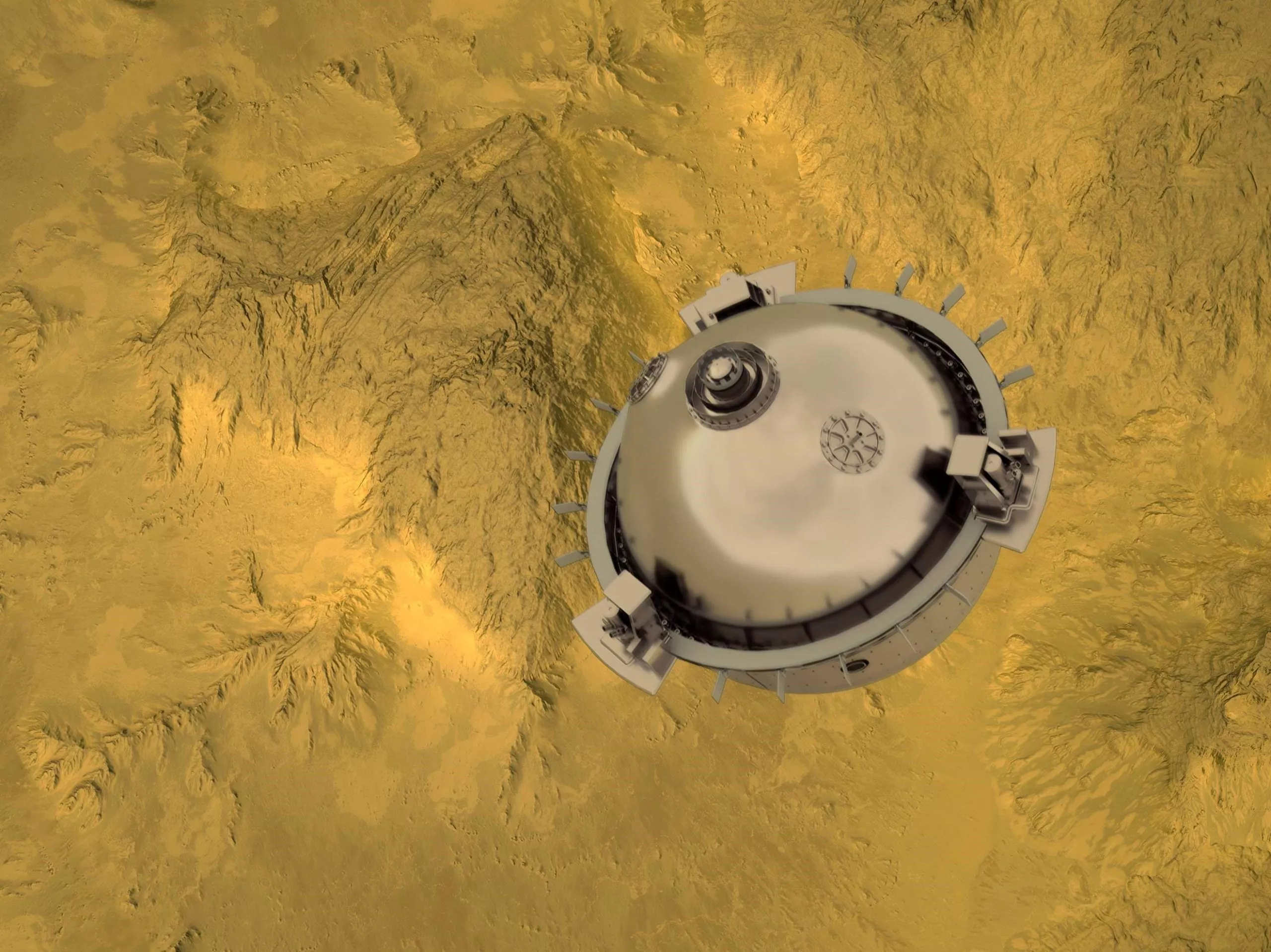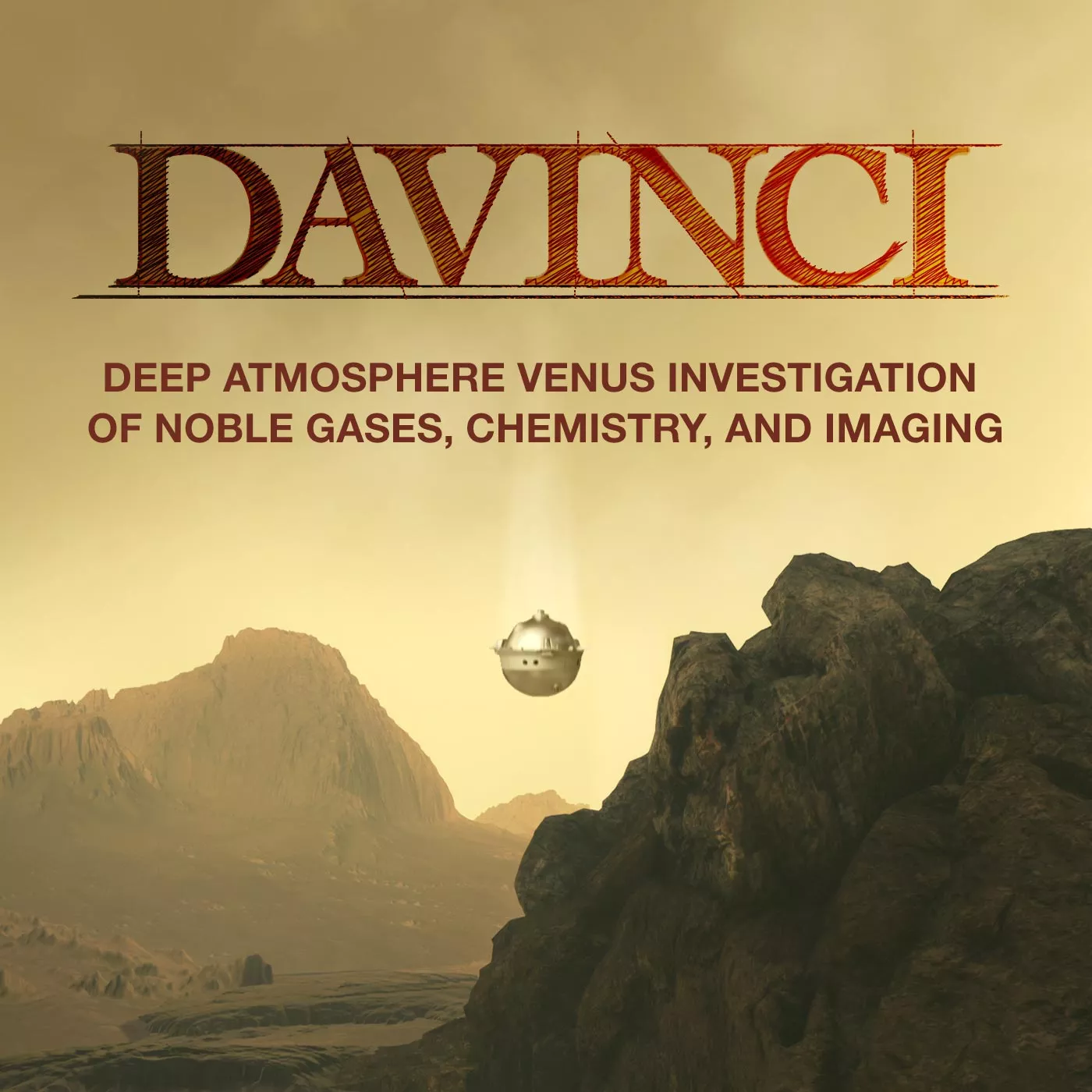In a recently published paper, NASA scientists and engineers provided new details about the agency's Venus deep atmospheric noble gas, chemistry, and imaging survey (DaVinci) mission It is reported that the mission will descend to the surface of the planet through the layered atmosphere of Venus in the middle of 2031. DaVinci is the first mission to study Venus using spacecraft flyover and descent detectors.

DaVinci is a flight analytical chemistry laboratory that will for the first time measure key aspects of Venus' huge atmosphere climate system, many of which have been Venus' measurement targets since the early 1980s. In addition, it will provide the first descending imaging of the mountain plateau of Venus, and will also map its rock composition and surface relief at an impossible scale in orbit. This mission supports the measurement of small amounts of undiscovered gas and the deepest atmosphere, including the key ratio of hydrogen isotopes - the component of water, which helps to reveal the history of water, whether it is the liquid water ocean or the steam in the early atmosphere.
It is understood that the mission's carrier, relay and imaging spacecraft (CRIS) has two airborne instruments, which will study the planet's cloud layer and map its highland area during its flight over Venus. In addition, the mission will launch a small descent probe with five instruments, which will provide a series of new measurements with high accuracy when descending to the infernal surface of Venus.
The first author of this paper published in the planetary science journal Jim Garvin, DaVinci principal investigator at NASA Goddard Space Flight Center, said: "This set of chemical, environmental, and descent imaging data will depict the layered atmosphere of Venus and how it interacts with the surface of the alpha regio mountains, which is twice the size of Texas. These measurements will enable us to assess the historical aspects of the atmosphere and detect specific rock types on the surface, such as granite, while also looking for suggestive landscape features that can tell us about erosion or other formation processes."

DaVinci will utilize the gravity assistance of three Venus, which will save fuel by using the gravity of the planet to change the speed and / or direction of the Cris flight system. The first two gravitationally assisted missions will prepare Cris to fly over Venus, so as to conduct remote sensing in ultraviolet and near-infrared light, so as to obtain new data about the atmosphere and surface of more than 60 gigabits. The third Venus gravity assist will prepare the spacecraft to release the probe for entry, descent, scientific research, landing and subsequent transmission to the earth.
The first time to fly over Venus will be six and a half months after the launch, and it will take two years to put the probe into position, so that it can enter the atmosphere of alpha regio under the ideal lighting of "noon". The purpose is to measure the landscape of Venus at a scale of 328 feet (100 meters) to more than one meter. This ratio can be used for lander type geological research on the mountain area of Venus without landing.

Once the Cris system is about two days away from Venus, the probe's flight system will be released and the three foot (one meter) diameter titanium probe will be safely wrapped inside. The probe will begin to interact with Venus' upper atmosphere about 75 miles (120 kilometers) from the earth's surface. The science probe will throw out its heat shield about 42 miles (67 kilometers) from the earth's surface and start scientific observation. With the release of the heat shield, the probe's air inlet will take gas samples from the atmosphere and carry out detailed chemical measurements, just like the measurements made by curiosity on Mars. During its one hour descent, the detector will also obtain hundreds of images when it appears under clouds about 100000 feet (30500 meters) from the local surface.
Stephanie Getty, associate chief researcher from Goddard, said: "the probe will land in the alpha regio mountain area, but no operation is required after landing, because all the required scientific data will be taken before reaching the surface. If we survive the landing at a speed of about 25 miles per hour (12 meters per second), under ideal conditions, we can operate on the surface for 17-18 minutes."
DaVinci is tentatively scheduled to launch in June 2029 and enter the atmosphere of Venus in June 2031.
Garvin said, "previous missions in the atmosphere of Venus have not measured the chemistry or environment in detail like DaVinci's probes. In addition, previous missions have not descended over the magnetic highlands of Venus, nor have they imaged the surface of Venus. DaVinci will improve the previous Venus in situ missions based on the work done by the Huygens probe on Titan, but it needs the capabilities and sensors of the 21st century."